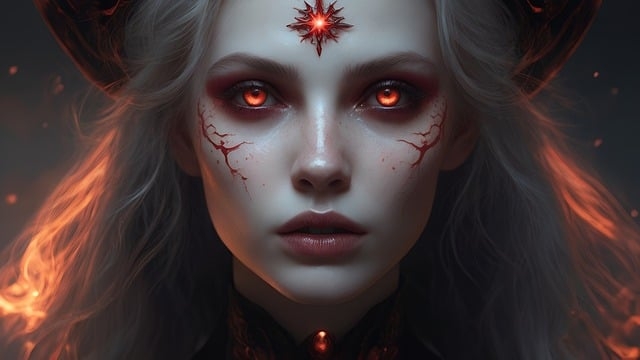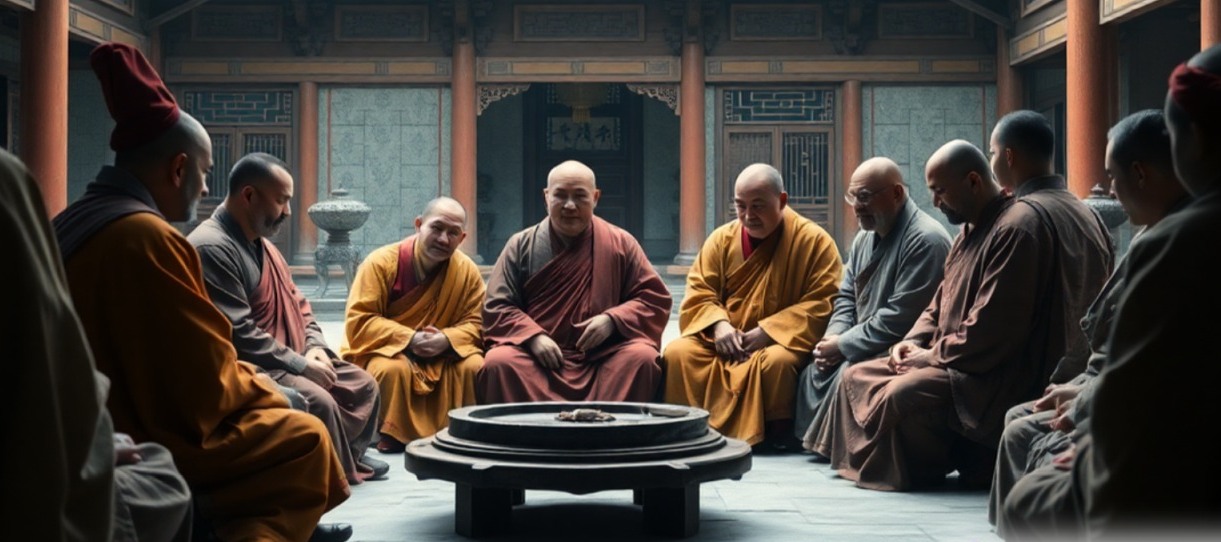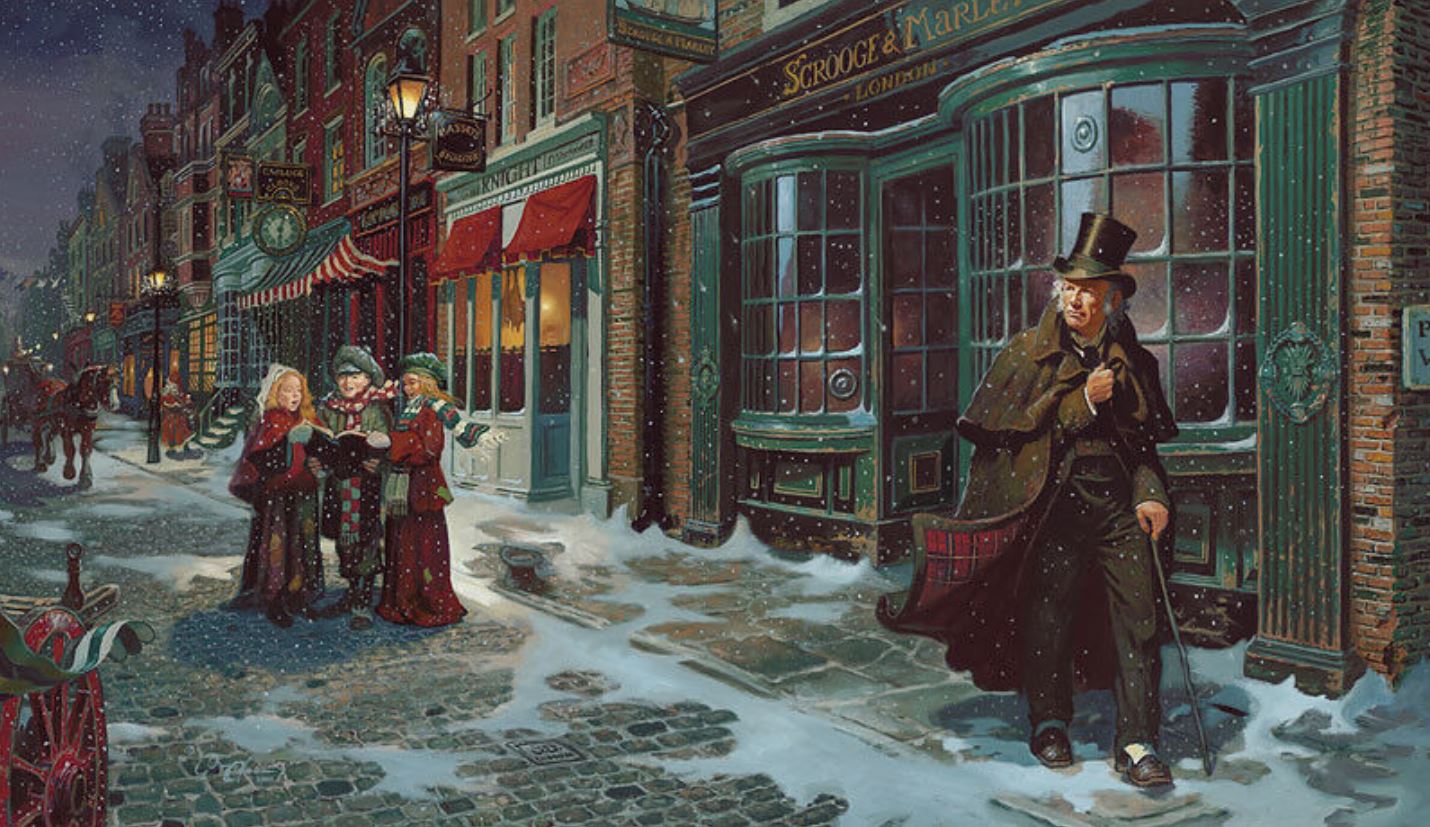
Christmas, often associated with joy, merriment, and the warmth of family gatherings, may seem an unlikely setting for ghost stories. However, a long-standing and eerie tradition has woven its way into the fabric of the holiday season – the telling of ghost stories on Christmas Day. This seemingly paradoxical combination of festive cheer and spine-chilling tales has deep historical roots that harken back to a time when the holiday season was not just about gift-giving and feasting, but also about embracing the mysteries of the supernatural.
One cannot discuss the tradition of telling ghost stories on Christmas without acknowledging the significant impact of Charles Dickens. The 19th-century literary giant is perhaps best known for his timeless novella, “A Christmas Carol.” Published in 1843, this classic tale revolves around the miserly Ebenezer Scrooge, who undergoes a profound transformation after being visited by three spirits on Christmas Eve.
“A Christmas Carol” is a timeless novella written by Charles Dickens, a Britisher who was born on February 7, 1812 and died on June 9,1870. The tale was first published on December 19th, 1843. By 1844, the literary work had gone through thirteen printings and today is still a robust seller. The story revolves around Ebenezer Scrooge, a miserly and cold-hearted old man, who undergoes a transformative journey on Christmas Eve. The chilling apparitions that visit Scrooge serve as a reminder of the consequences of a life lived without compassion and kindness. This iconic story struck a chord with readers, and the inclusion of supernatural elements became a hallmark of Christmas literature.
The narrative begins with Scrooge, a wealthy but miserly businessman, dismissing the festive spirit of Christmas with disdain. On Christmas Eve, he is visited by the ghost of his former business partner, Jacob Marley, who warns him of the consequences of his selfish and greedy ways. Marley informs Scrooge that he will suffer a similar fate in the afterlife unless he changes his behavior.
Throughout the night, Scrooge is visited by three spirits: the Ghost of Christmas Past, the Ghost of Christmas Present, and the Ghost of Christmas Yet to Come (or the Ghost of Christmas Future). Each spirit takes him on a journey through time, showing him scenes from his own past, the current state of those around him, and the bleak future that awaits him if he continues on his current path.
As Scrooge confronts his past mistakes and witnesses the hardships faced by others, his heart softens, and he experiences a profound change of heart. By the end of the story, Scrooge transforms into a generous, kind-hearted individual who embraces the true spirit of Christmas.
Dickens’ “A Christmas Carol” is celebrated for its powerful message of redemption, compassion, and the transformative power of love and generosity. The novella continues to captivate readers and audiences alike, reminding us of the importance of empathy and kindness, especially during the holiday season.
While Dickens certainly popularized the tradition in the 19th century, the roots of telling ghost stories on Christmas can be traced even further back in history. The practice can be linked to ancient winter solstice celebrations, where communities gathered around fires to fend off the darkness and share tales of spirits and otherworldly encounters. In medieval times, the Christmas season was marked by festivities that blended Christian and pagan customs, and storytelling was a communal activity that often included tales of the supernatural. Ghost stories would be very popular, but very often visibly frightened young children.
Intriguingly, the Victorian era, which Dickens epitomized, was both a time of great industrial progress and a period fascinated by the occult and the mysterious. Seances, spiritualism, and an interest in the paranormal became prevalent, influencing not only literature but also the collective imagination of the time. Many people in various countries believed that the three best times of the year to contact communicate with spirits of the dead were on Halloween Night, Christmas Eve, and most especially on Christmas Day.
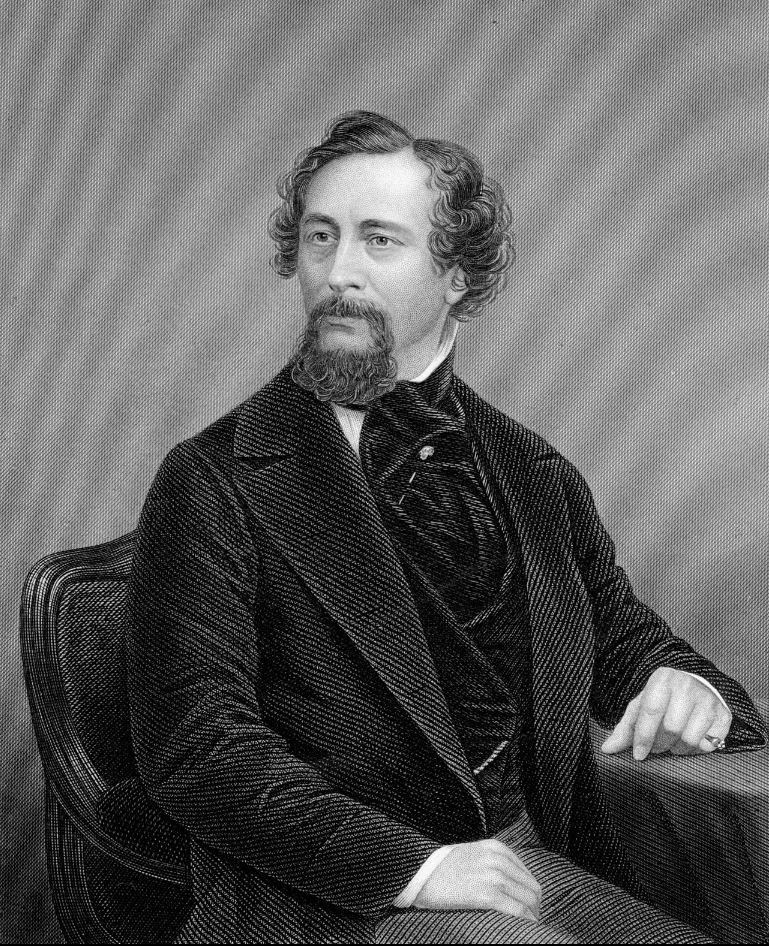
The telling of ghost stories on Christmas is not just a literary phenomenon; it has deep familial roots as well. Families, gathered around the warmth of the hearth, would use the eerie tales to create a sense of shared experience and excitement. The flickering flames and the dark winter nights provided the perfect ambiance for stories that sent shivers down the spine.
In a time before television and digital entertainment, storytelling was a cherished pastime. The art of oral tradition allowed stories to be passed down through generations, creating a sense of continuity and connection. Telling ghost stories during the holiday season became a way for families to bond and create lasting memories.
While the tradition of telling ghost stories on Christmas experienced a decline in the 20th century, it has seen a resurgence in recent years. The nostalgia for old traditions and the allure of the mysterious have prompted individuals and communities to revive this once-common practice.
Podcasts, social media, and gatherings dedicated to spooky tales have provided a platform for enthusiasts to share their favorite ghost stories during the Christmas season. Some even organize events reminiscent of Victorian-era Christmas ghost story nights, complete with dimly lit rooms, period costumes, and, of course, chilling tales.
While Charles Dickens’ “A Christmas Carol” stands as the quintessential Christmas ghost story, there are numerous other tales that contribute to the rich tapestry of spectral narratives woven around the holiday season. These stories, spanning different cultures and time periods, offer a diverse and sometimes chilling perspective on the intersection of the supernatural and Christmas.
M.R. James’ “Oh, Whistle, and I’ll Come to You, My Lad” (1904): M.R. James, a master of the English ghost story, penned this eerie tale that intertwines academia with the supernatural. Set during a Christmas vacation at a fictional seaside town, the story follows a skeptical professor who unwittingly unleashes a malevolent force when he discovers an ancient whistle buried in the sand. The chilling consequences of his curiosity unfold against the backdrop of a desolate winter landscape.
E.T.A. Hoffmann’s “The Nutcracker and the Mouse King” (1816): Although often associated with Tchaikovsky’s ballet, Hoffmann’s original fairy tale contains dark and fantastical elements absent from the more popular adaptations. In Hoffmann’s version, Christmas Eve becomes a battleground between the Nutcracker Prince and the nefarious Mouse King, with magical realms and supernatural beings enhancing the tale’s enchantment and spookiness.
Algernon Blackwood’s “The Willows” (1907): While not explicitly a Christmas story, Blackwood’s “The Willows” is a haunting tale that takes place during a winter canoe trip on the Danube. The isolation, the mysterious landscape, and the pervasive feeling of dread make it a story that resonates with the eerie atmosphere often associated with ghostly narratives. The story explores the thin veil between our world and the unknown.
Jerome K. Jerome’s “The Haunted Man and the Ghost’s Bargain” (1891): Not to be confused with Dickens’ work, Jerome’s story delves into the consequences of forgetting painful memories. The protagonist, Professor Parkhurst, encounters a ghost who offers to absolve him of his troubling recollections. While not as widely known as “A Christmas Carol,” Jerome’s narrative provides a unique take on the transformative power of confronting one’s past.
E.F. Benson’s “Between the Lights” (1912): In this chilling tale, Benson explores the haunting experiences of a man who stumbles upon a deserted country house on Christmas Eve. As he navigates the empty corridors, he encounters spectral visions that blur the line between reality and the supernatural. The story unfolds with an unsettling sense of foreboding and mystery.
F. Marion Crawford’s “The Dead Smile” (1899): Crawford’s story takes readers to an ancient family castle in England during the Christmas season. Dark family secrets, a haunted portrait, and an ominous smile contribute to the atmospheric horror that permeates this tale. The story explores the consequences of past actions and the spectral consequences that unfold during the holiday festivities.
“The Turn of the Screw” is a novella written by Henry James, first published in 1898. It is a classic work of Gothic fiction and horror fiction that has captivated readers with its psychological complexity, ambiguity, and eerie atmosphere. The novella is often categorized as a ghost story, but its true nature is open to interpretation, adding to its enduring appeal.
The story is presented as a framed narrative, with a group of people gathered at a country house sharing ghost stories on Christmas Eve. One of the guests, Douglas, begins to recount the tale of a young governess who is hired to care for two orphaned children, Miles and Flora, at the remote Bly estate in England.
The governess, whose name is never revealed, arrives at Bly full of enthusiasm and quickly becomes infatuated with her charming young charges. However, her idyllic experience takes a dark turn when she begins to perceive the presence of supernatural entities—ghosts that seem to be connected to the previous governess, Miss Jessel, and the valet, Peter Quint. These apparitions appear to be influencing the children in unsettling ways.
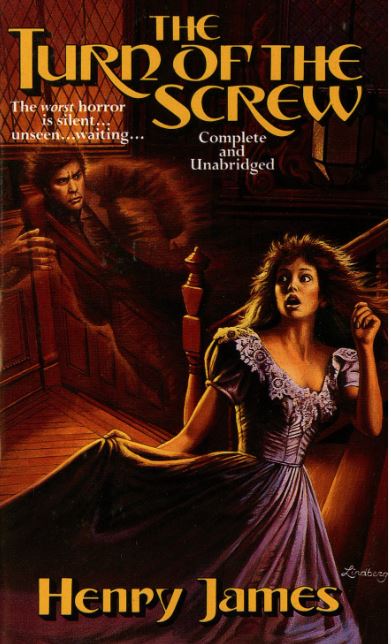
What makes “The Turn of the Screw” particularly intriguing is the ambiguity surrounding the reality of the supernatural events. James masterfully employs a unreliable narrator, and readers are left to question whether the ghosts are real or a product of the governess’s overactive imagination. The psychological complexity of the story has led to numerous interpretations, with some readers viewing it as a straightforward ghost story and others seeing it as a tale of repressed sexuality, psychological instability, or societal expectations.
The relationship between the governess and the children is also a central element of the story. The governess becomes increasingly obsessed with protecting the children from the perceived malevolent influence of the ghosts, and her actions and decisions raise questions about her sanity and the true nature of the threats she believes exist.
“The Turn of the Screw” has been adapted into various films, plays, and other literary works over the years, and it continues to be a subject of scholarly discussion and analysis. Its ability to generate different interpretations and its enduring status as a classic make it a compelling and enigmatic work in the realm of Gothic literature.
These ghost stories offer a diverse range of themes, settings, and tones, demonstrating that the intersection of the supernatural and Christmas is a fertile ground for creative exploration. From traditional folklore to gothic horror, these narratives continue to captivate readers who seek a touch of the mysterious during the festive season.
The tradition of telling ghost stories on Christmas Day, or even on the night before Christmas, though often overshadowed by the more mainstream aspects of the holiday season, holds a unique and enchanting place in the cultural tapestry of Christmas celebrations. From its ancient origins to the Victorian revival and the modern resurgence, this haunting tradition continues to captivate the imagination of those who seek a blend of the festive and the supernatural during the most wonderful time of the year. So, as the snow falls outside and the fire crackles within, consider embracing this time-honored practice and sharing a spine-tingling tale with your loved ones this Christmas. After all, there’s no better way to celebrate the season than by exploring the shadows that dance at the edges of the holiday lights.
We wish the readers of this article that observe Christmas to have a very Merry Christmas.
